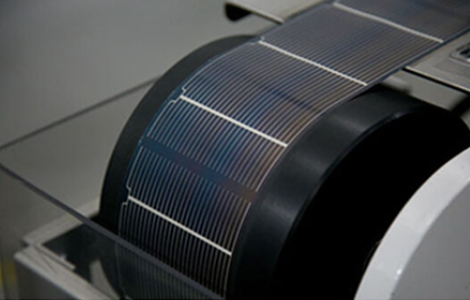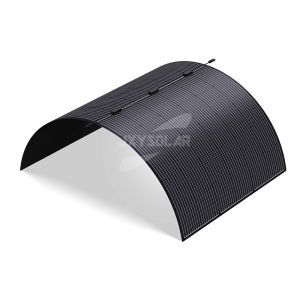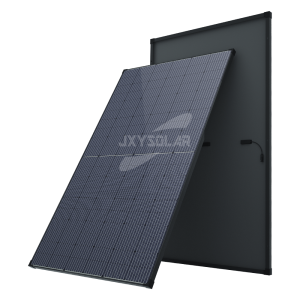The rapid advancement of solar technology brings endless possibilities. From homes to businesses, from cities to rural areas, solar panels are reshaping our energy landscape. But do you know the heart of these panels? Yes, it’s the solar cells. Today, we’ll take you on a deep dive into these small yet powerful components, exploring their types, appearances, pros and cons, and applications.
1. Monocrystalline Silicon Solar Cells

- Appearance: Deep black or dark blue, smooth surface.
- Advantages:
- High efficiency, usually around 21-23%.
- Long lifespan, typically lasting 25 years or more.
- Optimal space utilization due to their high efficiency.
- Disadvantages:
- Generally more expensive due to the manufacturing process.
- Production process can be more wasteful.
- Applications: Ideal for residential and commercial solar systems where space might be limited but a high energy yield is desired.
2. Polycrystalline Silicon Solar Cells

- Appearance: Blue, grainy or fragmented surface.
- Advantages:
- More affordable than monocrystalline cells.
- Simpler and less wasteful production process.
- Disadvantages:
- Slightly lower efficiency, usually around 15-17%.
- Might require more space to produce the same energy output as monocrystalline cells.
- Applications: Suited for larger installations like solar farms where space isn’t a premium.
3. Thin-Film: Amorphous Silicon Solar Cells

- Appearance: Dark brown or black, flexible and can be bent, smooth surface.
- Advantages:
- Flexible and lightweight.
- Less affected by high temperatures.
- Disadvantages:
- Lower efficiency, typically around 9-12%.
- Shorter lifespan.
- Applications: Great for portable solar devices and some commercial applications.
Conclusion:
Solar cells are at the heart of solar panels, and their types and characteristics determine the performance and application range of the panels. As a leading solar panel manufacturer, we understand the importance of choosing the right cells and are committed to providing the best solutions for our customers. Whether you’re looking for the highest efficiency or the best value for money, there’s a solar cell out there for you.
We hope this blog provides you with a deeper understanding of solar cells and sparks your interest in solar technology. If you have any questions or need further consultation, feel free to contact us!










